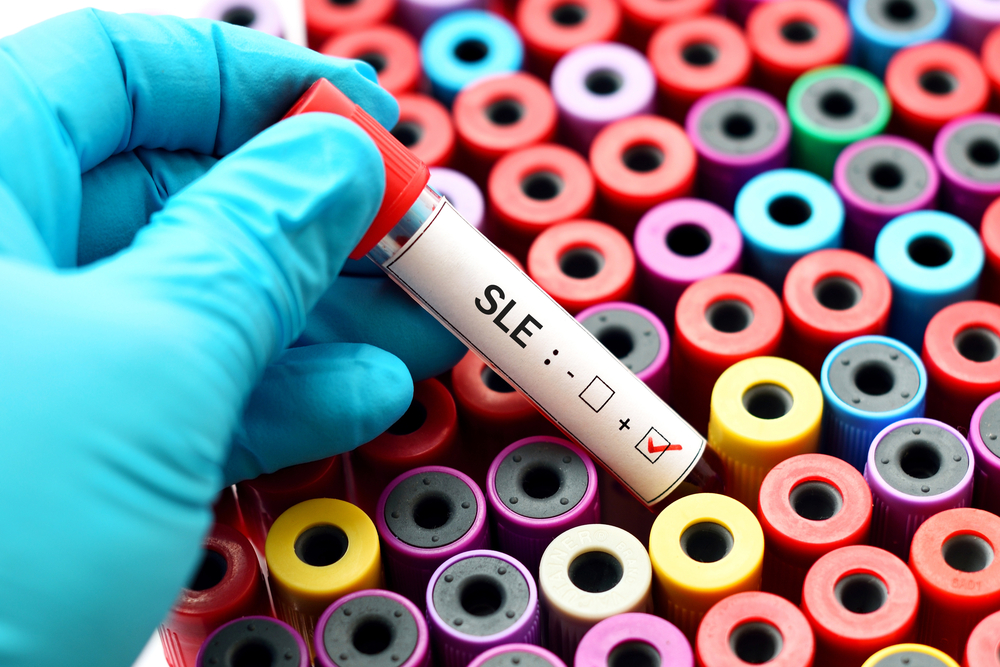Combination of Biomarkers May Better Predict SLE Disease Activity, Study Suggests
Written by |

A combination of specific biomarkers — circulating immune complexes (CIC) and interleukin-6 (IL-6) — may help better predict disease activity in patients with systemic lupus erythematous (SLE), a recent study suggests.
The study, “The model of circulating immune complexes and interleukin-6 improves the prediction of disease activity in systemic lupus erythematous,” was published in Scientific Reports.
Lupus is a complex disease that affects and progresses in each patient differently. There is currently a lack of sufficiently sensitive tools to monitor disease activity and complexity.
Some of the biomarkers now used in clinical practice, such as complement 3 (C3), complement 4 (C4), and anti-dsDNA, an autoantibody, do not always correlate with clinical signs in lupus patients. A more sensitive and accurate tool would help physicians know when and how to treat their patients.
IL-6, a cytokine, plays an important role in activating B-cells, a type of immune cell that, when dysfunctional, can lead to an inflammatory response and tissue damage. There is conflicting evidence on the role IL-6 plays in mediating the effects of SLE.
CICs are immune complexes composed of circulating DNA and antibodies that bind DNA. CICs can lead to inflammatory responses and tissue damage by immune complex deposition. They have long been associated with lupus, but few studies have shown that detection of CICs are specific for SLE.
Because of conflicting data on the relationship between IL-6, CIC and SLE disease activity, the researchers evaluated if and how these biomarkers correlate with lupus activity. They also looked at some of the other commonly used biomarkers, including C3, C4, anti-dsDNA, and erythrocyte sedimentation rate (ESR), a marker of inflammation.
The study included 90 SLE patients, 27, or 30 percent, of whom had active clinical SLE. The remaining participants had inactive clinical SLE. Disease activity was assessed using two scales: the Systemic Lupus Erythematosus Disease Activity Index (SLEDAI-2K) and the modified SLEDAI-2K.
Only IL-6, CIC, and ESR were significantly higher in patients with active SLE, compared with those with inactive disease, researchers found.
Researchers tested single biomarkers and some combinations of biomarkers to determine which best predicted clinical active SLE. They found that the combination of CIC and IL-6 predicted active disease with greater sensitivity — 92 percent — than any of the single biomarkers alone.
“A biomarker model of CIC and IL-6 … may be suitable for routine use as additional markers to monitor SLE disease activity,” the researchers concluded.




